Horses are graceful and athletic animals, but just like humans, they can suffer from injuries that require rehabilitation. Whether it’s a strained ligament, a fractured bone, or a wound that needs to heal, rehabilitation can help horses recover and return to their previous level of activity.
The Importance of Rehabilitation
Rehabilitation is essential for horses that have suffered an injury. It helps to restore mobility, strength, and flexibility, and prevents the development of secondary problems such as muscle atrophy or joint stiffness. Proper rehabilitation also helps to reduce the risk of re-injury, so the horse can return to its previous level of activity safely and with confidence.
The Rehabilitation Process
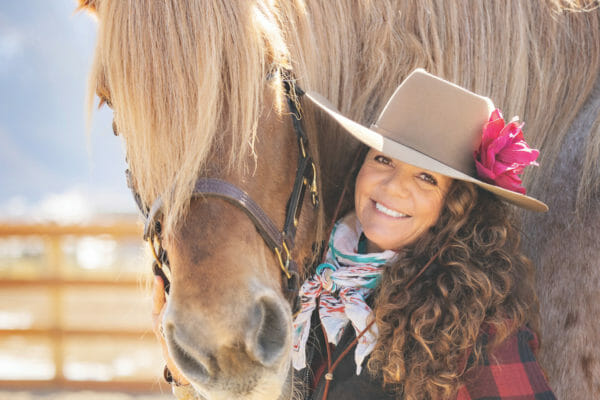
The rehabilitation process for horses typically involves several stages. The first stage is rest and immobilization. Depending on the type and severity of the injury, the horse may need to be confined to a stall, or even a sling, to prevent further damage and promote healing.
Once the initial acute phase has passed, the horse can begin the second stage of rehabilitation, which involves controlled exercise and physical therapy. This may include hand-walking, light lunging, or swimming, as well as massage, stretching, and other therapeutic techniques.
As the horse progresses and gains strength, the third stage of rehabilitation involves more advanced exercises, including trotting, cantering, and jumping. This stage is designed to help the horse regain its previous level of fitness and prepare for a return to normal activity.
Rehabilitation Techniques
There are many different rehabilitation techniques that can be used to help horses recover from an injury. Some of the most common include:
- Massage therapy
- Stretching exercises
- Hydrotherapy
- Cold and heat therapy
- Acupuncture
- Chiropractic care
Each technique has its own benefits and can be used alone or in combination with other therapies to provide the most effective rehabilitation program for the horse.
Collaborative Approach
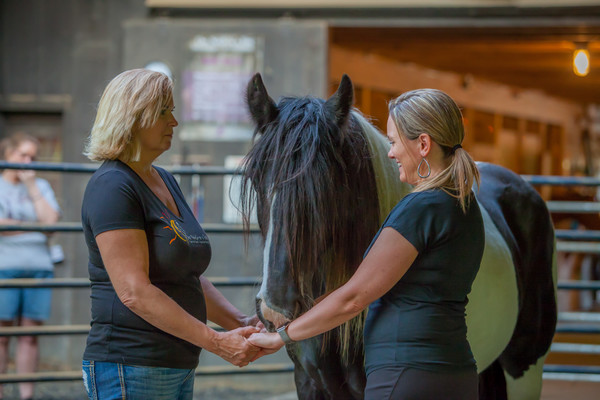
Successful rehabilitation requires a collaborative approach between the horse owner, the veterinarian, and the rehabilitation specialist. The veterinarian plays a critical role in diagnosing the injury and developing a treatment plan, while the rehabilitation specialist designs and implements the rehabilitation program. The owner is responsible for providing ongoing care and support for the horse throughout the rehabilitation process.
Horse rehabilitation is a vital process that can help horses recover from injury and return to their previous level of activity. By following a structured rehabilitation program, using a variety of therapeutic techniques, and working collaboratively with a team of experts, horse owners can help their horses recover and thrive.

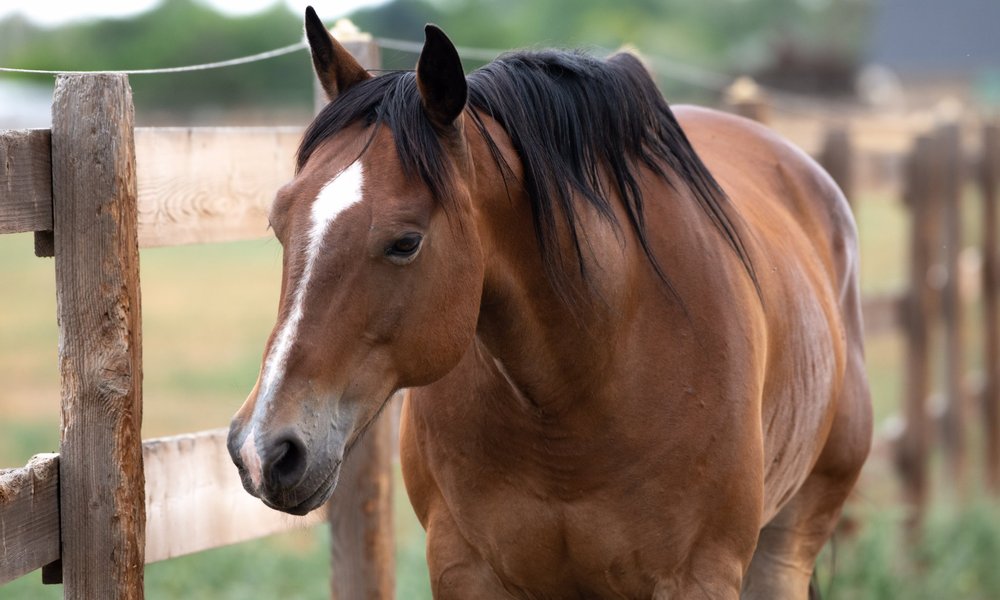


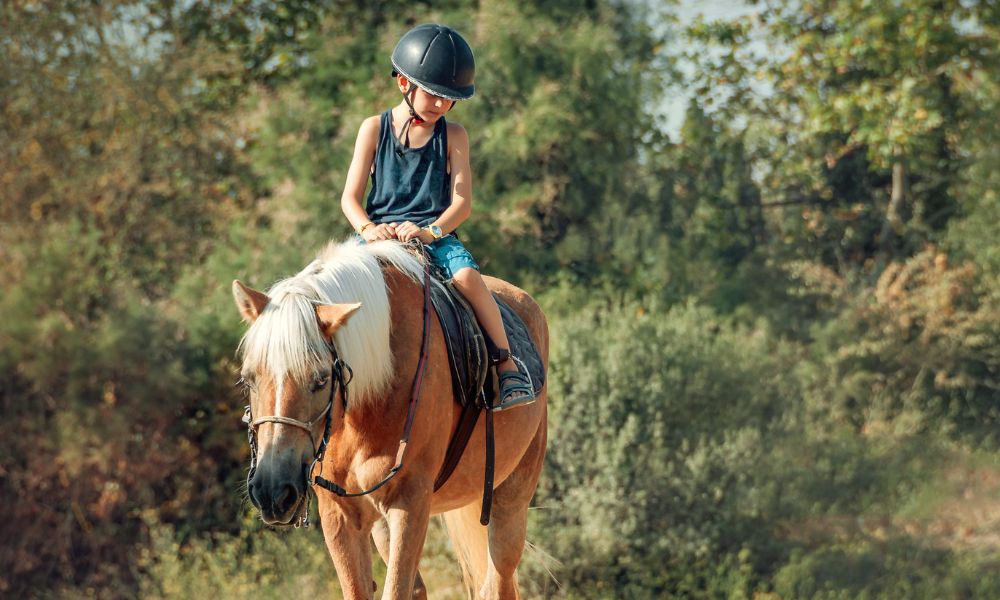
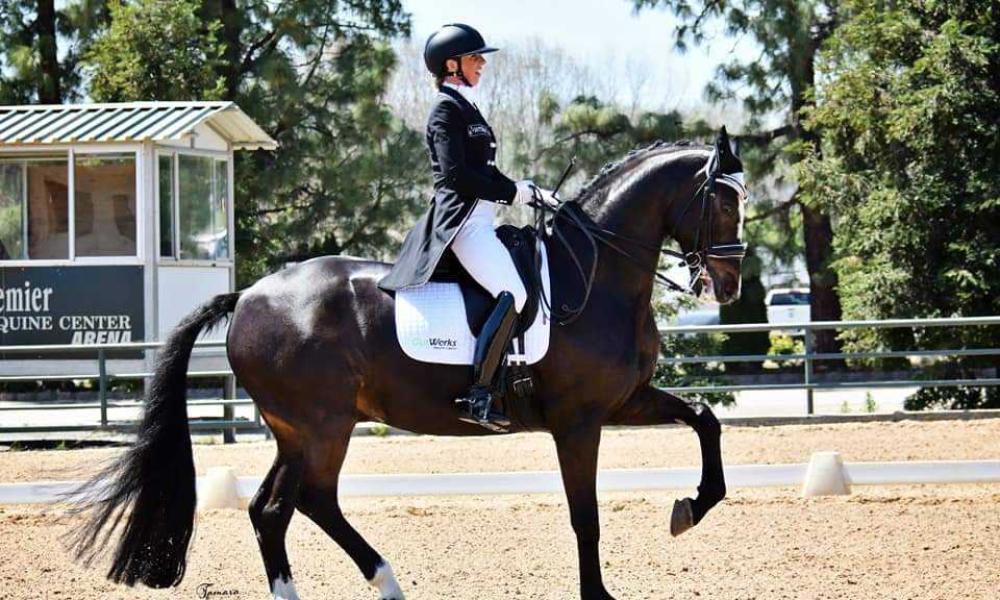
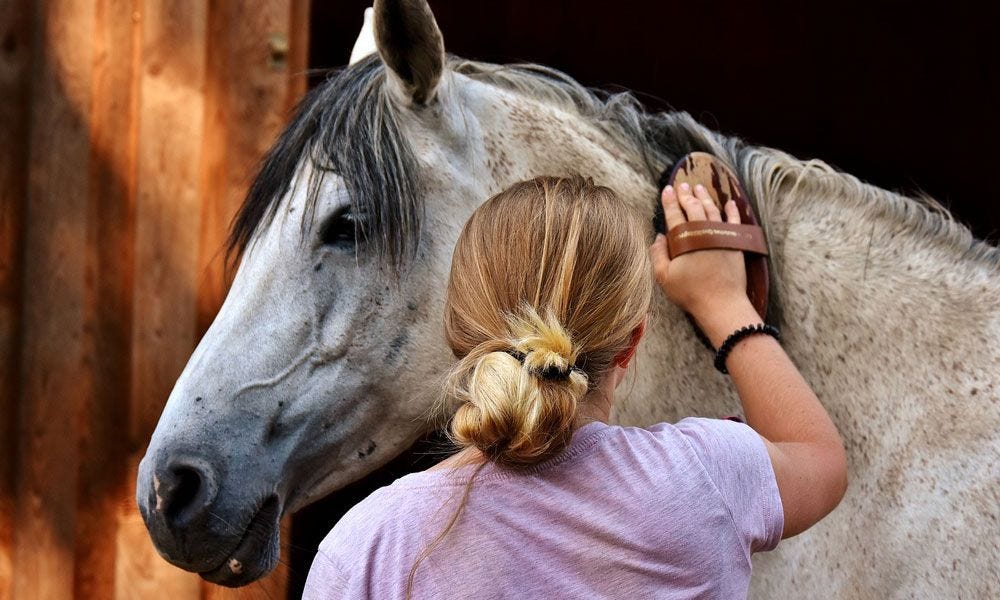
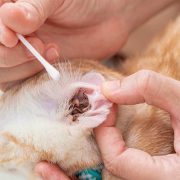


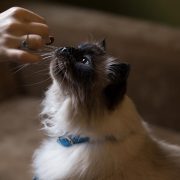

Comments